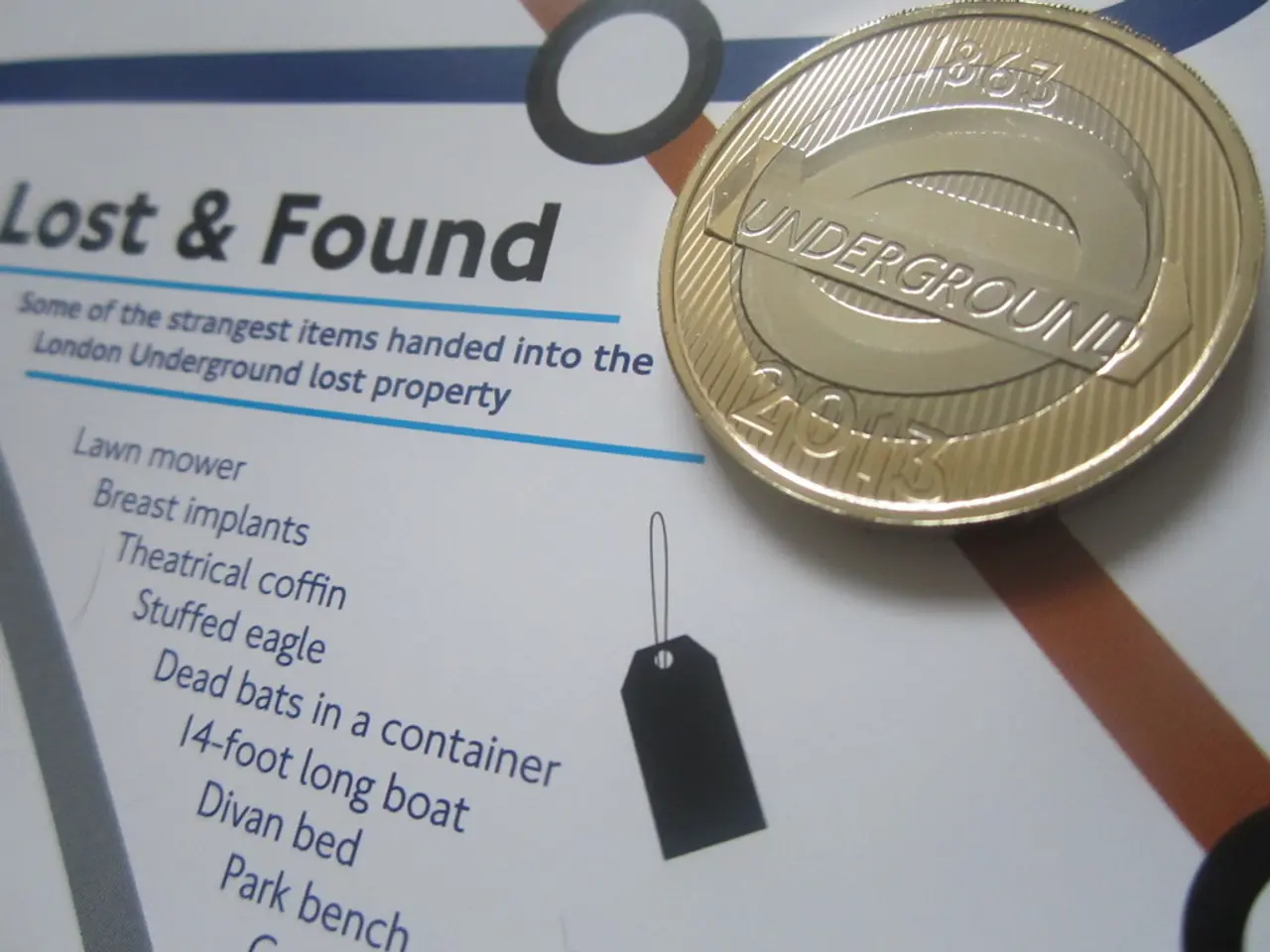Method disclosed for capturing positrons and antiprotons, resulting in the formation of antimatter atoms.
In a groundbreaking discovery, scientists at the European Organization for Nuclear Research (CERN) in Geneva, Switzerland, have successfully trapped antimatter atoms for the first time. This milestone marks a significant step forward in our understanding of the universe and the fundamental principles of physics.
The trapping of antimatter atoms, particularly antihydrogen, opens up new avenues for extremely precise experiments. These experiments can compare antimatter with ordinary matter, testing fundamental physics principles such as CPT symmetry (charge, parity, time reversal symmetry) and the equivalence principle of gravity. By doing so, scientists can probe why the universe has far more matter than antimatter and explore potential differences in how antimatter behaves under gravity and electromagnetism.
The achievement was made possible by creating antiprotons and antielectrons, or positrons, and getting them to bond. An oscillating electric field was used to nudge the antiprotons into the same energy level as the positrons, enabling them to bond and form antihydrogen atoms.
Despite the excitement surrounding this discovery, it is essential to address the misconceptions about antimatter's potential for creating energy sources or weapons, as depicted in science fiction. The production of antimatter atoms in even small quantities requires enormous energy and sophisticated facilities, like CERN's particle accelerators. The quantities made are minuscule and cannot be economically scaled to the amounts needed for weapons or propulsion.
Moreover, antimatter annihilates immediately upon contact with normal matter, releasing huge energy bursts. Trapping antimatter requires extremely delicate electromagnetic traps in ultra-high vacuum with precise magnetic and electric fields. This setup works only for tiny numbers of particles and cannot store macroscopic amounts safely or for long durations.
In addition, in antimatter annihilation, a large fraction of energy is lost as gamma rays and neutrinos, which do not efficiently transfer their energy to propulsion. Radiation shielding to protect any vehicle would cause a huge thermal load, making practical antimatter engines very difficult. Even optimistic theoretical antimatter rockets would require still unattainably large quantities and face severe technological hurdles.
John Bollinger of the U.S. National Institute of Standards and Technology agrees that the new results are a major step forward but notes that more significant achievements are needed for precise studies. Bollinger mentions the need to extend the lifetime of the trapped antihydrogen and identify its state. Joel Fajans, a physicist at the University of California, Berkeley, who co-authored the new study, called the achievement a relief.
The major challenge in trapping antimatter is that the particles are typically too hot and energetic. The hard-and unprecedented-part of the experiment was getting the antimatter particles to sit still. Only about 38 antihydrogen atoms were cold and slow enough to be held in a magnetic bowl. The antihydrogen atoms were held in a magnetic bowl for only two-tenths of a second in the experiments.
The researchers hope to drastically increase the incarceration time of antihydrogen atoms in future experiments. The trapping of antimatter atoms is a key step toward understanding why nature seems to abhor antimatter. While this discovery does not mean that antimatter bombs and engines of science fiction will be igniting anytime soon, it brings us one step closer to unraveling the mysteries of the universe.
The triumphant trapping of antimatter atoms, specifically antihydrogen, hints at future investigations in the realm of science, particularly in space-and-astronomy and technology. These investigations can delve into the unexplored aspects of nature, such as the CPT symmetry and the properties of antimatter under gravity and electromagnetism, providing insights into the historical riddle of why the universe has more matter than antimatter.
Moreover, this groundbreaking development in the history of science introduces the potential for more precise experiments, potentially shedding light on the intricate relationship between matter and antimatter, a prevalent theme in nature's grand history.




